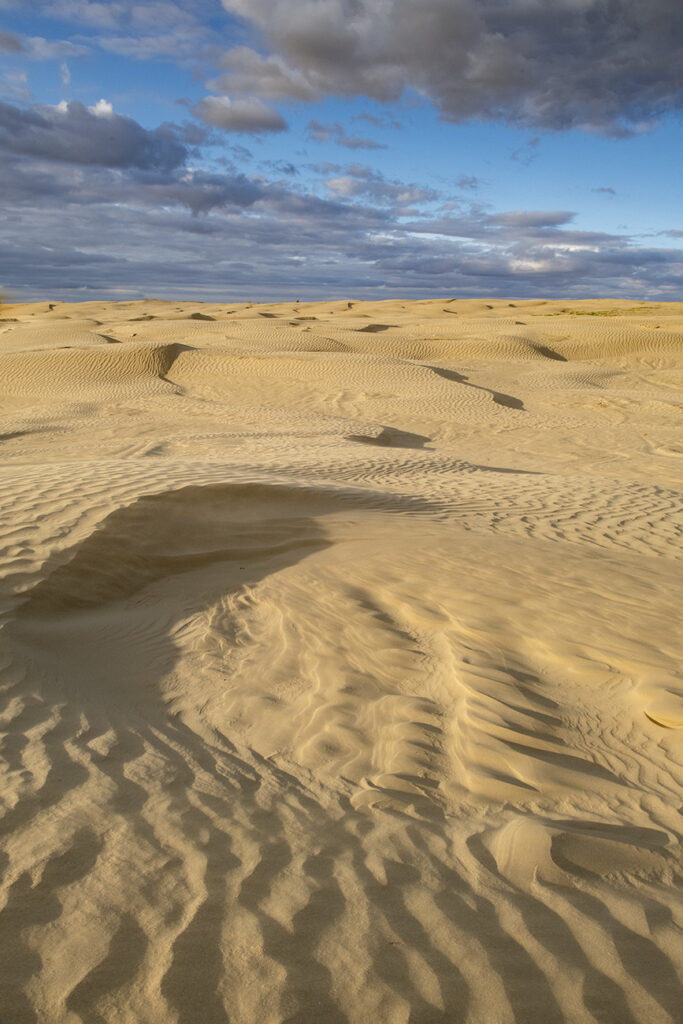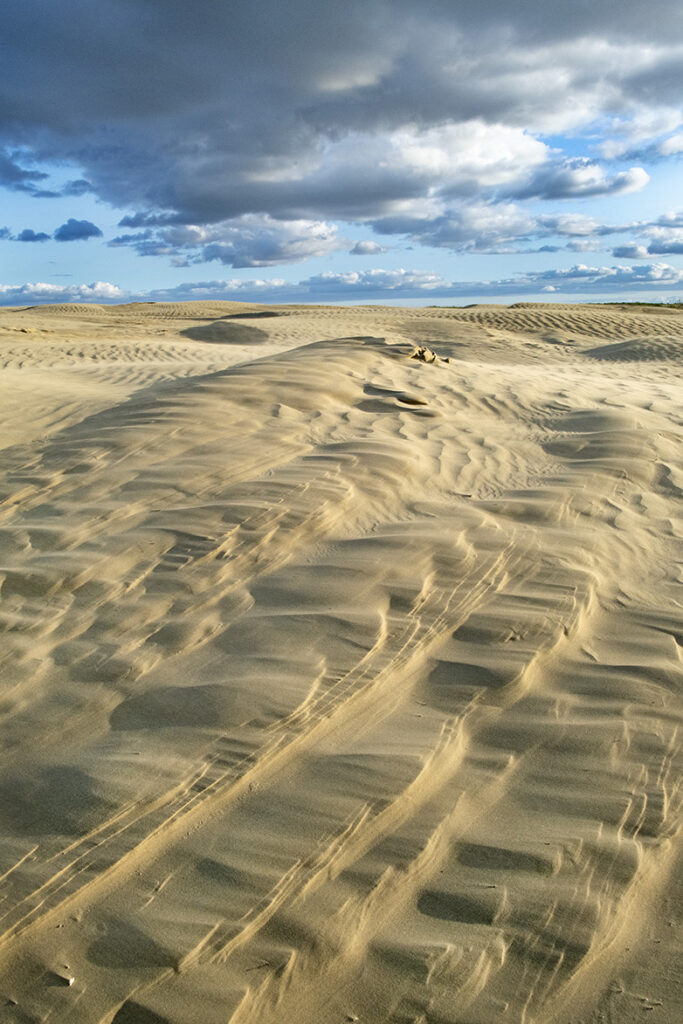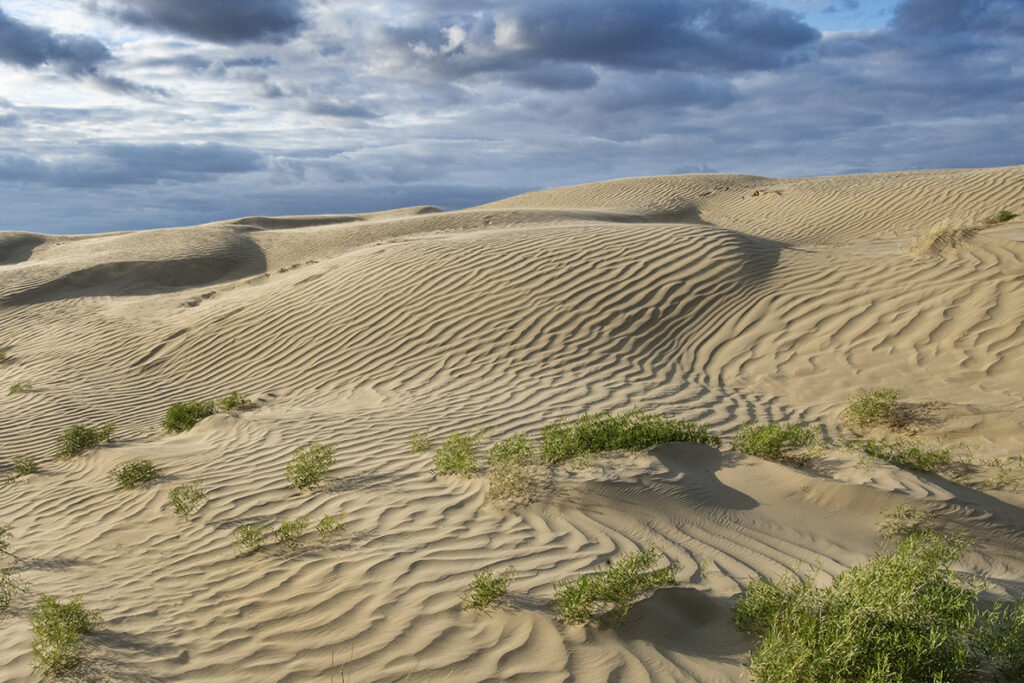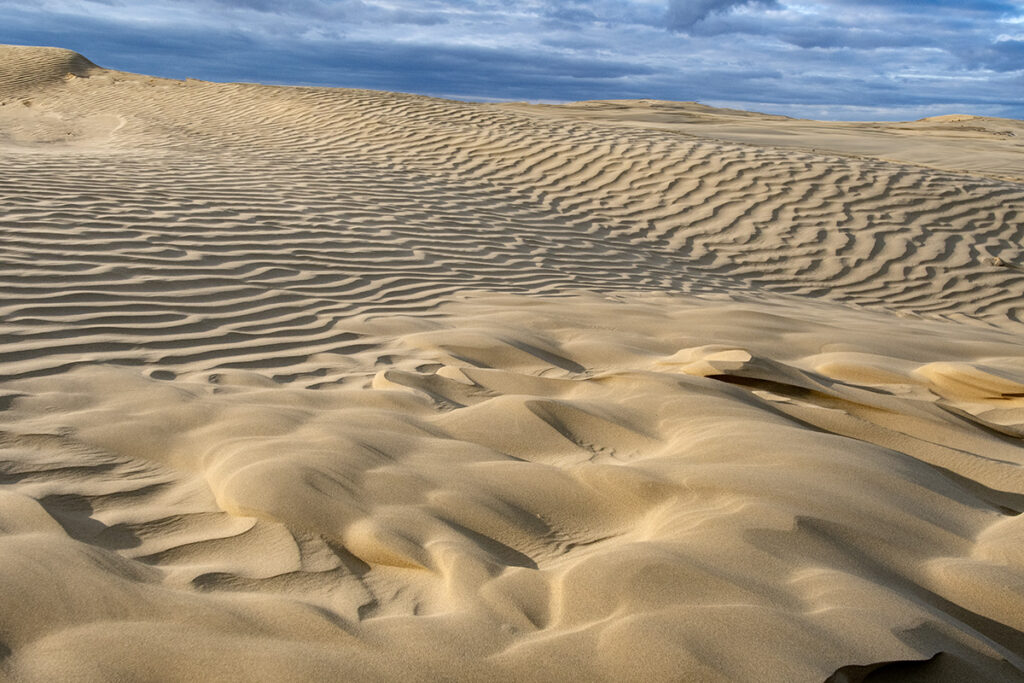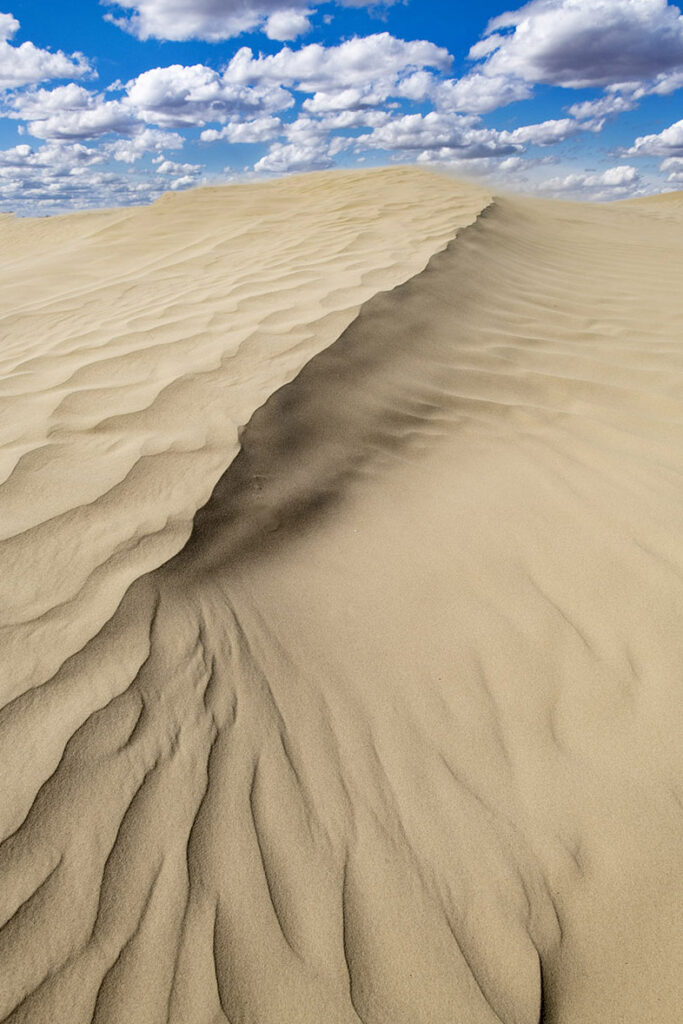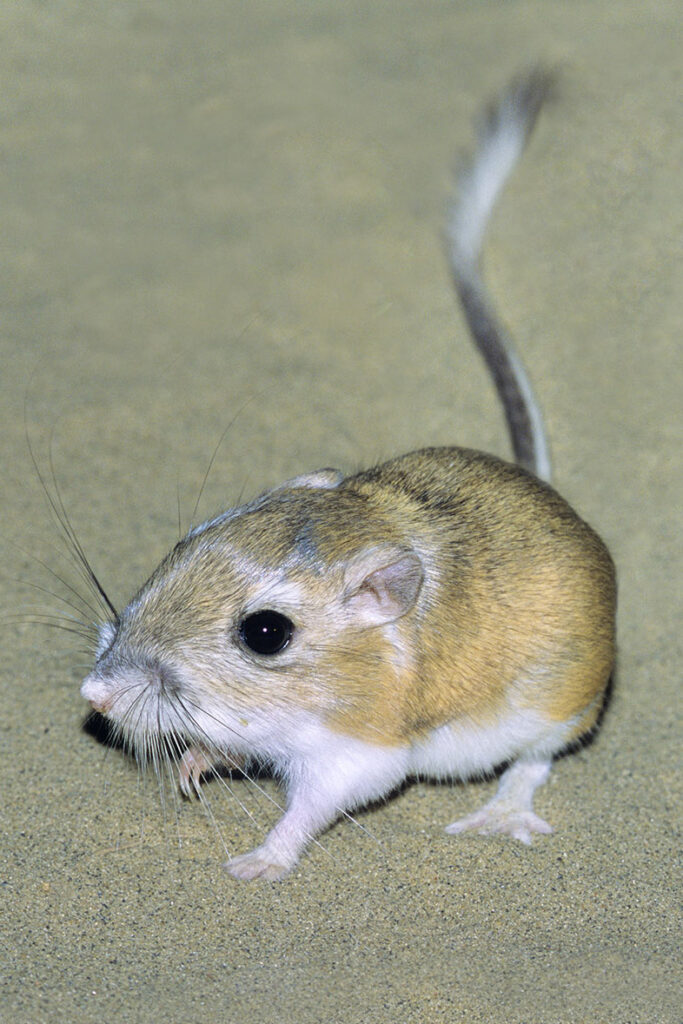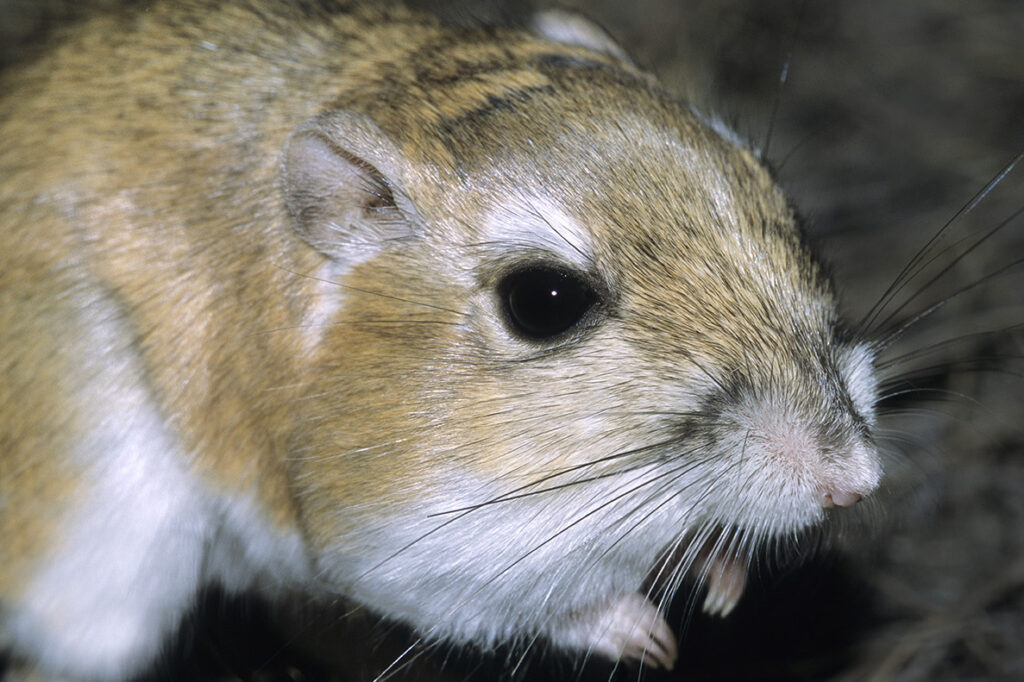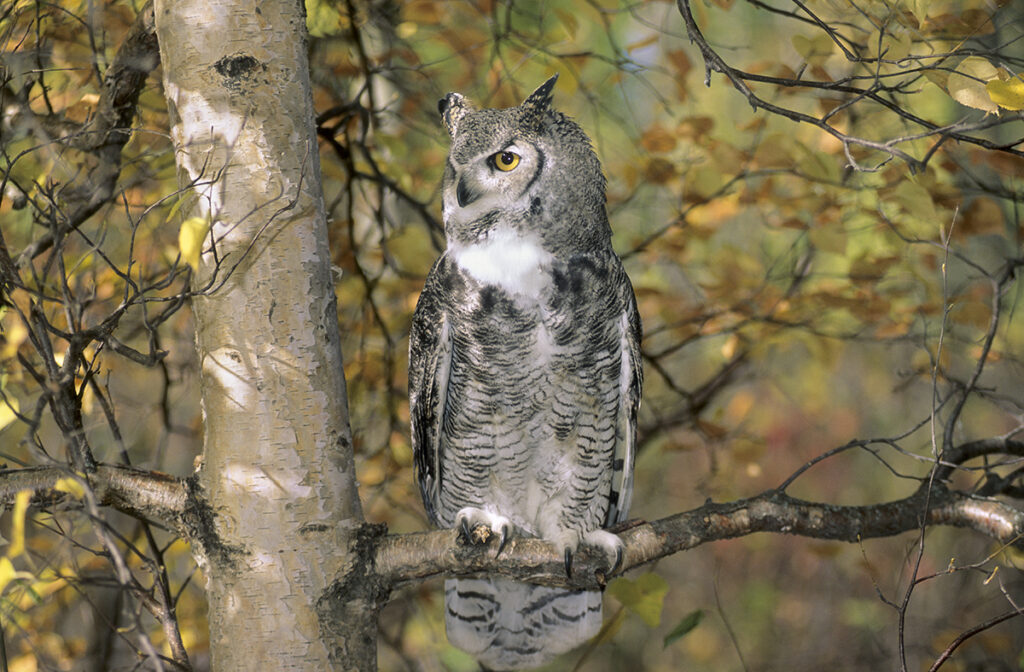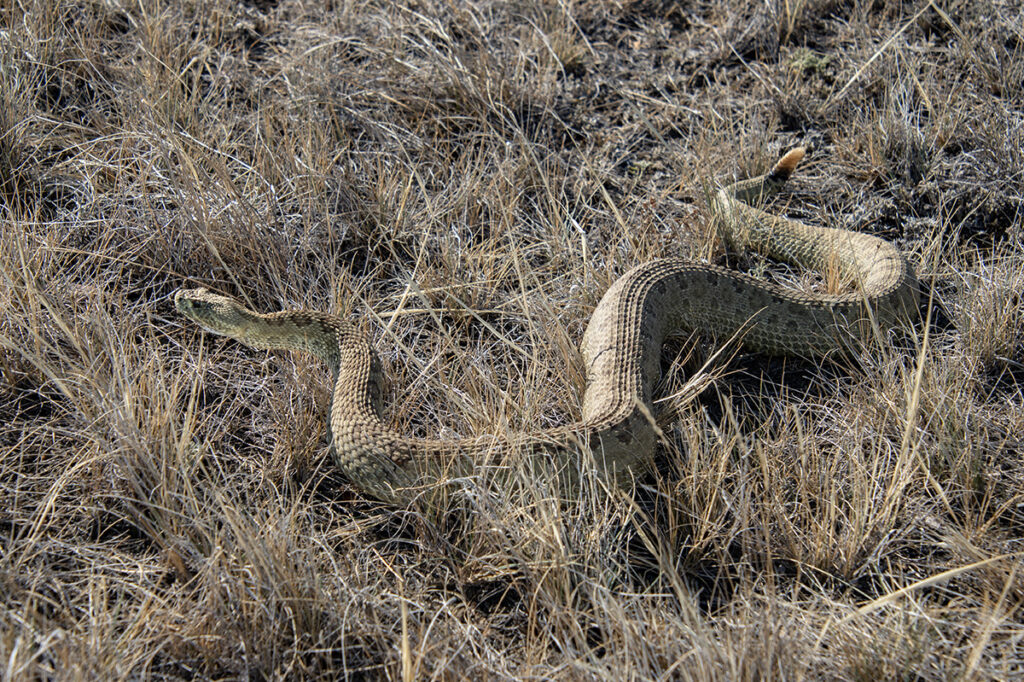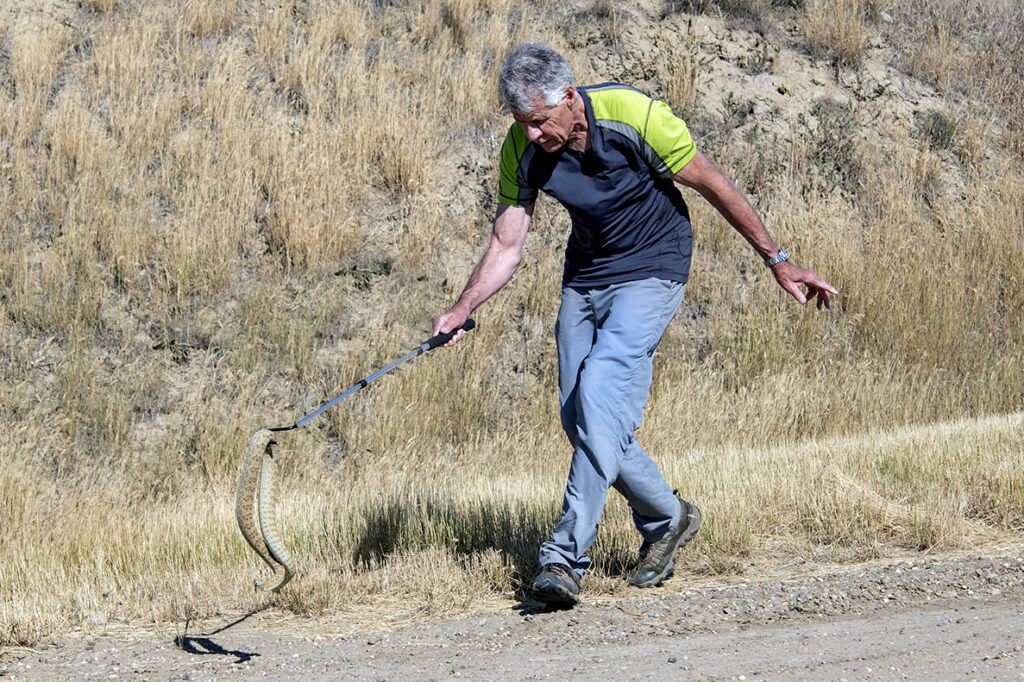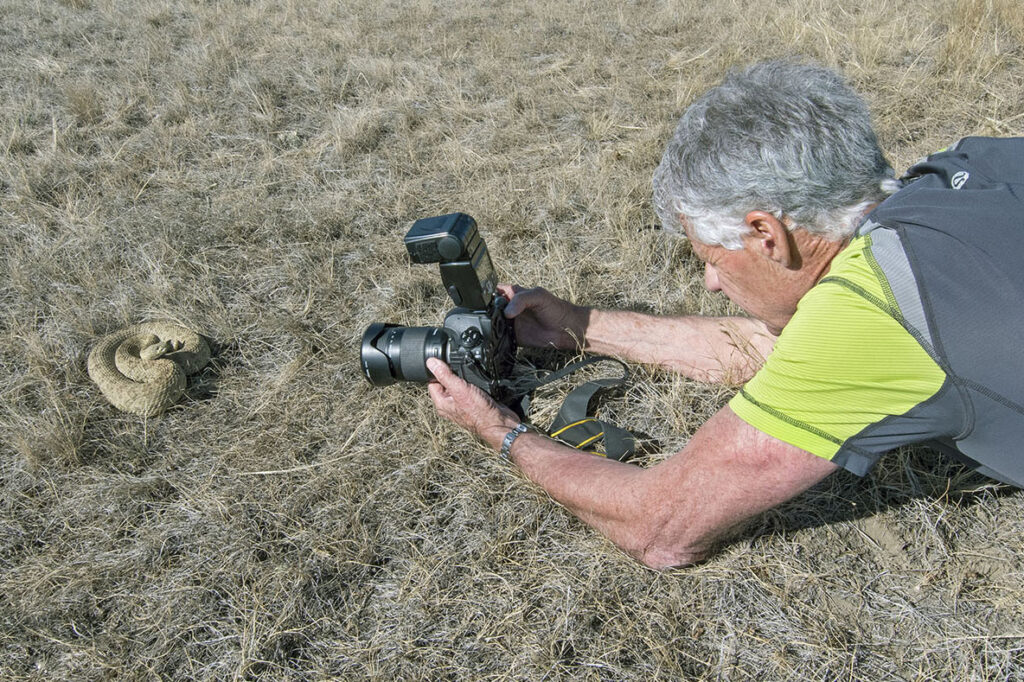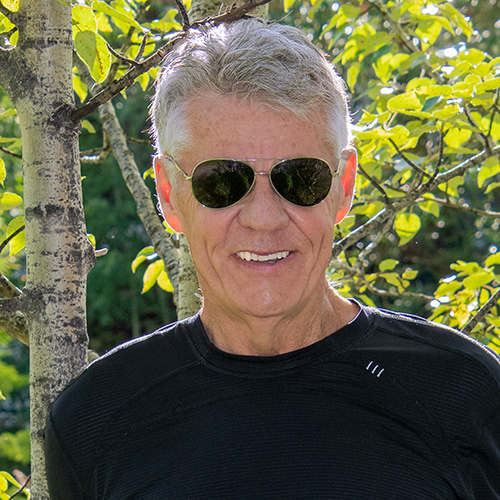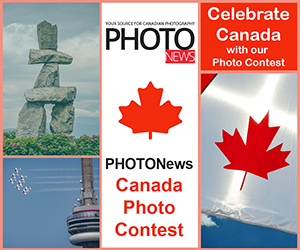One of the great rewards of writing a natural history book is the discoveries you make along the way. My first book, Married to the Wind, was a celebration of the prairie grasslands and while writing it I discovered the fascinating beauty of the Great Sand Hills in southwestern Saskatchewan. I had wanted to return to the area for over 40 years and I finally did so in September 2022.
Roughly 15,000-18,000 years ago, the Laurentide Ice Sheet began its final withdrawal from the northern prairies, ending the Wisconsin Glaciation. In the immediate postglacial period, the prairies were barren and devoid of vegetation, and the wind had a free hand to work the land. Sands from the shores of old glacial lakes were assaulted by the wind and shaped into dunes. Today, the Great Sand Hills in southwestern Saskatchewan are the second largest dune complex in Canada.
Today, most of the Great Sand Hills are covered with shrubs and grasses. Active dunes cover less than 3% of the area, yet it’s the dunes that are the biggest draw for most visitors. Here, the wind labours over the sand, brushing the slopes with waves of ripples and drawing the crests into comforting curves.
It is a landscape that is shifting and moving under the influence of the predominantly westerly wind. The ripples that form on the surface of the dune, at right angles to the wind, represent the distance that a grain of sand hops ahead when it is lifted by the wind. Presently the dunes are advancing about three meters (9.8 ft.) a year.
The active dunes are a hostile environment for plants and animals. Surface temperatures can rise above 50 degrees C (122 degrees F.) in summer. Even when it rains, the moisture quickly percolates through the porous sand beyond the reach of most shallow-rooted grasses and shrubs.
Despite the challenging conditions, the sand hills are home to arguably Canada’s cutest endangered species, the Ord’s kangaroo rat. If the truth be told, although the dunescapes promised to be beautiful and dramatically picturesque it was the k-rat that I wanted to photograph most.
The Ord’s kangaroo rat gets its common name from the way it hops about on its muscular rear legs. Bipedal locomotion gives it speed and maneuverability and its long tail acts as a counterweight. Like all kangaroo rats, of which there are 20 species in North America, Ord’s is strictly nocturnal, and the threat of predators even modifies its nighttime behavior.
Great horned owls, as well as coyotes, red foxes, weasels, bobcats and badgers hunt at night, so k-rats avoid moonlit nights or switch to areas of their territory where there is protective shrubbery to give them cover.
Prairie rattlesnakes also hunt at night, and the kangaroo rat has a novel way to discourage these venomous serpents. In a shocking display of boldness it kicks dirt in the snake’s face and stomps its feet in a threatening manner. All snakes are deaf to airborne sounds, but they readily detect ground vibrations transmitted through the bones of their lower jaw. Researchers speculate that when a kangaroo rat “footdrums”, it’s telling the snake it has been seen and the snake should leave to search for a less-suspecting victim.
My trip to the sand hills finished off with an unexpected rattlesnake encounter. The rattler was on the edge of the road, likely heading towards the banks of the South Saskatchewan River where it would spend the winter, curled inside an animal burrow, safely below the frost line.
Spoiler alert. In southwestern Saskatchewan, as in many places, a rattlesnake slowly crossing a rural roadway is too tempting a target for local yahoos to ignore and they often purposefully run over the snake then cut off its rattle as a souvenir of their vehicular bravery. I didn’t want this to happen so I scooped up the snake with the specialized hook I always carry in my vehicle for such purposes and moved it safely beyond the road.
Of course, I couldn’t pass up the opportunity to photograph this legendary reptile. When I laid it on the ground, it calmly curled into a defense posture, never rattling or striking. I wanted to believe that the snake didn’t feel threatened by me and it let me get the photos I wanted.
Anyone wishing to experience the beauty of the sand hills should visit https://www.tourismsaskatchewan.com/listings/735/great-sand-hills
About the Author – Dr. Wayne Lynch
For more than 40 years, Dr. Wayne Lynch has been writing about and photographing the wildlands of the world from the stark beauty of the Arctic and Antarctic to the lush rainforests of the tropics. Today, he is one of Canada’s best-known and most widely published nature writers and wildlife photographers. His photo credits include hundreds of magazine covers, thousands of calendar shots, and tens of thousands of images published in over 80 countries. He is also the author/photographer of more than 45 books for children as well as over 20 highly acclaimed natural history books for adults including Windswept: A Passionate View of the Prairie Grasslands; Penguins of the World; Bears: Monarchs of the Northern Wilderness; A is for Arctic: Natural Wonders of a Polar World; Wild Birds Across the Prairies; Planet Arctic: Life at the Top of the World; The Great Northern Kingdom: Life in the Boreal Forest; Owls of the United States and Canada: A Complete Guide to their Biology and Behavior; Penguins: The World’s Coolest Birds; Galapagos: A Traveler’s Introduction; A Celebration of Prairie Birds; and Bears of the North: A Year Inside Their Worlds. In 2022, he released Wildlife of the Rockies for Kids, and Loons: Treasured Symbols of the North. His books have won multiple awards and have been described as “a magical combination of words and images.”
Dr. Lynch has observed and photographed wildlife in over 70 countries and is a Fellow of the internationally recognized Explorers Club, headquartered in New York City. A Fellow is someone who has actively participated in exploration or has substantially enlarged the scope of human knowledge through scientific achievements and published reports, books, and articles. In 1997, Dr. Lynch was elected as a Fellow to the Arctic Institute of North America in recognition of his contributions to the knowledge of polar and subpolar regions. And since 1996 his biography has been included in Canada’s Who’s Who.





